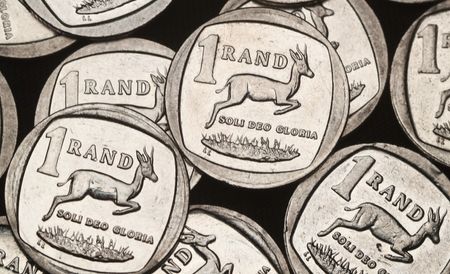By Scott DiSavino
NEW YORK (Reuters) – Oil prices fell more than 2% to a two-month low on Tuesday on negative economic news from the U.S. and Germany, driven in part by worries about U.S. President Donald Trump’s push for trade tariffs.
Brent futures fell $1.61, or 2.25%, to $73.17 a barrel by 10:34 a.m. EST (1534 GMT), while U.S. West Texas Intermediate (WTI) crude fell $1.60, or 2.3%, to $69.10.
That put Brent on track for its lowest close since Dec. 23 and WTI on track for its lowest close since Dec. 10.
Data from the U.S. showed consumer confidence deteriorated at its sharpest pace in 3-1/2 years in February, with 12-month inflation expectations surging amid worries that tariffs on imports would raise prices for households.
Analysts said Trump’s trade policies have raised concern at the U.S. Federal Reserve that higher import tariffs could boost inflation.
The Fed uses higher interest rates to combat rising prices. So long as the Fed and other central banks keep interest rates higher for longer, borrowing costs will remain elevated, which can slow economic growth and demand for oil.
Trump said tariffs against Canadian and Mexican imports scheduled to start on March 4 are “on time and on schedule” despite efforts by the two trading partners to address Trump’s concerns about border security and fentanyl.
Negative news from Germany, the biggest economy in Europe, and uncertainty in China, the world’s second biggest economy, also weighed on oil prices.
The German economy shrank by 0.2% in the final quarter of 2024 compared with the previous quarter, data showed on Tuesday.
The Trump administration said it is planning to toughen semiconductor restrictions on China, expanding former U.S. President Joe Biden’s efforts to limit Beijing’s technological prowess.
In Europe, meanwhile, a possible Trump peace deal between Russian and Ukraine could also be bearish for oil prices since it could result in the return of some Russian barrels currently under U.S. sanctions to the global market.
A possible peace deal “foreshadows the lifting of Russian sanctions, potentially welcoming unfettered Russian supply back to the market,” said Tamas Varga at oil broker PVM.
Russia, the third biggest producer of oil behind the U.S. and Saudi Arabia, was on track to produce about 10.45 million barrels per day (bpd) of petroleum in 2025, down from 10.53 million bpd in 2024 and a recent high of 11.47 million bpd in 2019, according to data from the U.S. Energy Information Administration (EIA).
Signs of rising supplies from other Organization of the Petroleum Exporting Countries and their allies like Russia, a group known as OPEC+, also weighed on oil prices.
In Iraq, the second-largest OPEC producer, oil major BP signed a deal to redevelop four Kirkuk oil and gas fields.
In Nigeria, another OPEC member, oil production rose 1.8 million bpd, up from just one million bpd over a year ago.
U.S. OIL INVENTORIES
The market is waiting U.S. oil inventory data from the American Petroleum Institute (API) trade group on Tuesday and the EIA on Wednesday. [EIA/S] [API/S]
Analysts forecast energy firms added about 2.5 million barrels of oil to U.S. stockpiles during the week ended Feb. 21.
If correct, that would be the first time energy firms added oil into storage for five weeks in a row since March 2024. That compares with an increase of 4.2 million barrels during the same week last year and an average build of 2.3 million barrels over the past five years (2020-2024).
(Reporting by Scott DiSavino, Paul Carsten and Colleen Howe; Editing by Kevin Liffey, David Evans and Christina Fincher)










